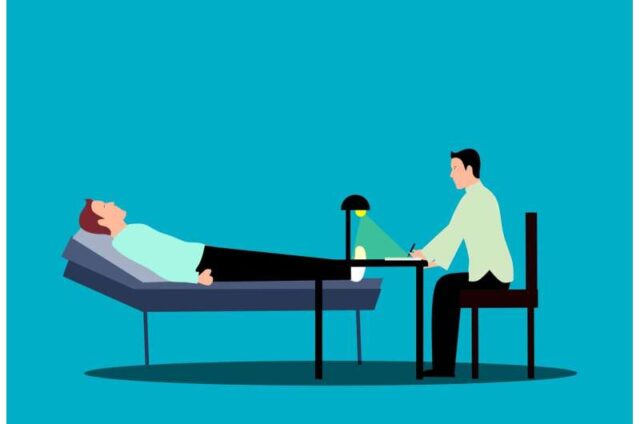What To Expect From EMDR Therapy
EMDR treatment is a unique form of psychotherapy in that it is different from “talk therapy” approaches. It is common to wonder what to expect from EMDR therapy. While it is not required to tell trauma stories multiple times, or expose every detail of a trauma experience, you will give a general idea of what you are struggling with to your therapist. This treatment follows a structure, and is designed to address concerns of the past, the current, and the future. Here are general guidelines of what to expect over a series of sessions:
After completing required consent paperwork and meeting with your psychotherapist, you can expect to delve into providing a history. The therapist may use paper or verbal questionnaires, conduct a get-to-know you session, or use other methods to assist you in expressing what has been challenging or distressing in your life. This history starts to identify possible areas to treat, or what are known as “targets” in EMDR treatment. These targets may include distressing memories, negative life events, and expression of emotional distress. These targets may span far back into childhood, or they may be more current.
The therapist will ensure that you have a way to stop distressing memories or thoughts. The therapist may introduce several guided imagery exercises, relaxation skills, or stress reduction techniques. You will learn and practice in session to ensure that you have mastery. These skills may be used in between sessions or during treatment.
Now comes the active work to desensitize and reprocess identified targets of distressing memories, feelings, or experiences. The treatment will include an imagining of a visual image related to the target, identification of a negative belief about oneself’s related to the target, and exploration of the related emotions and sensations felt in the body. With the guidance of the therapist, a positive belief will be identified.
The therapist will begin to use a form of bilateral stimulation to begin processing, either lateral (back and forth) eye movements, tapping, lights, or sounds. The appropriateness of stimulation choice will vary among different client’s needs.
The client will be instructed to let the mind go blank, and notice what comes up during “sets” of the eye movements (or other bilateral stimulation). At times, the therapist may ask questions, rephrase answers, or direct a client to consider something new. This is the active desensitization and reprocessing and it will look and feel different for different clients. This is continued until the client reports no distress surrounding the previously identified target.
The therapist may request that you keep a journal or a log in between sessions, and to write down differences in thoughts, behaviors, or emotions. You may discuss experienced differences from before processing to after processing. You will also re-examine the targets that initially caused distress to examine the completeness of treatment, and explore current or future events that could be linked to the explored target.



